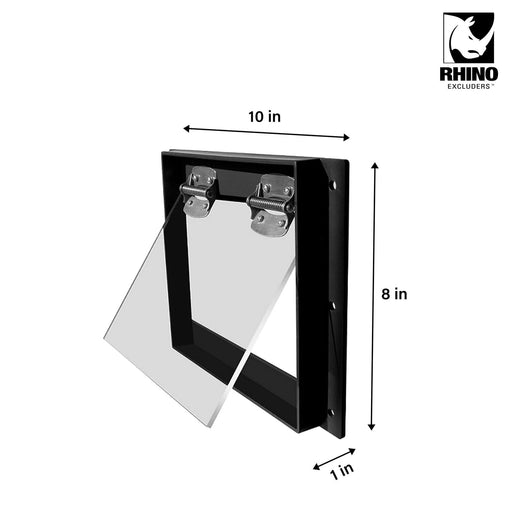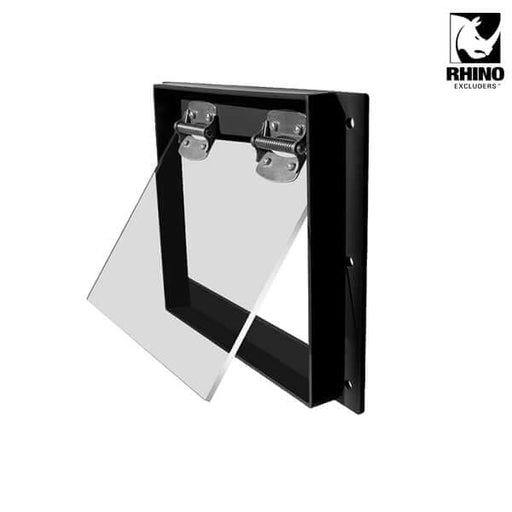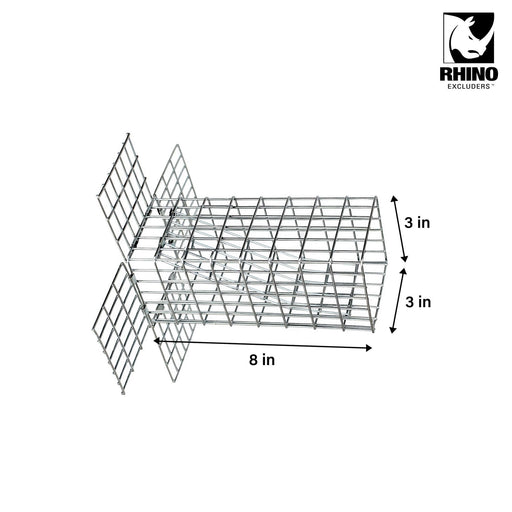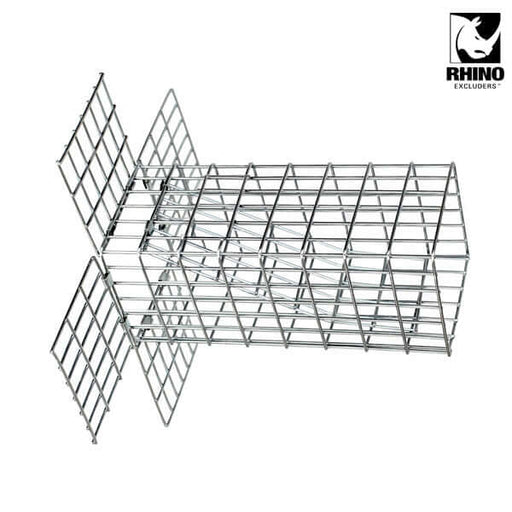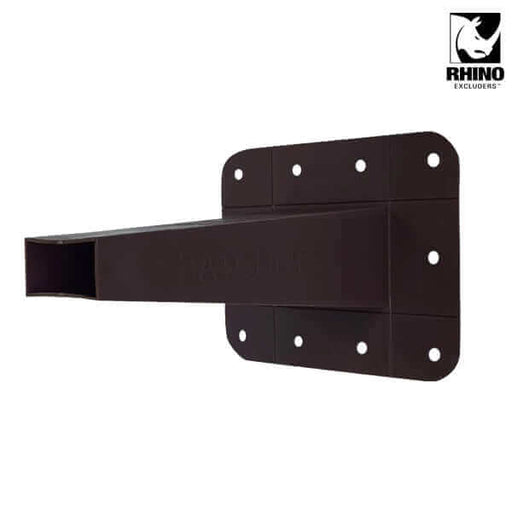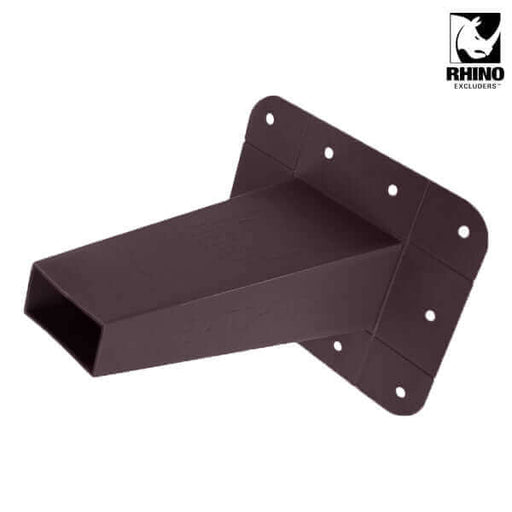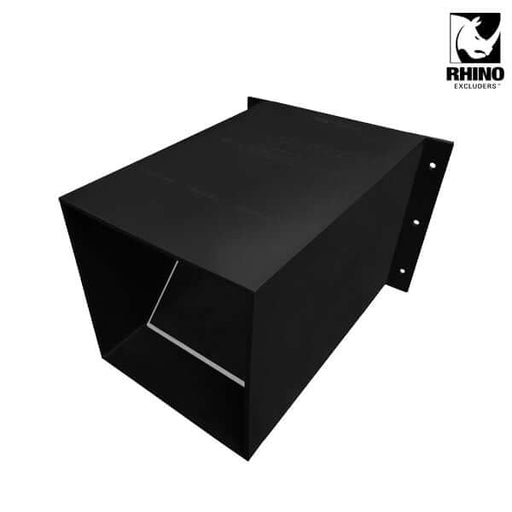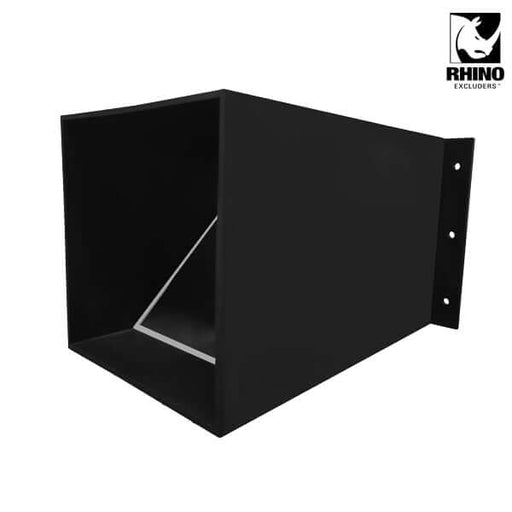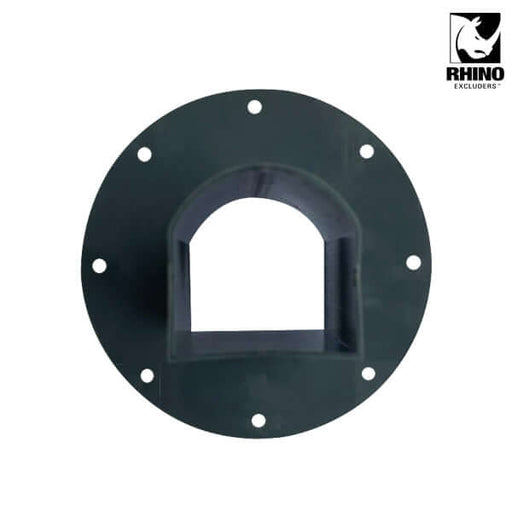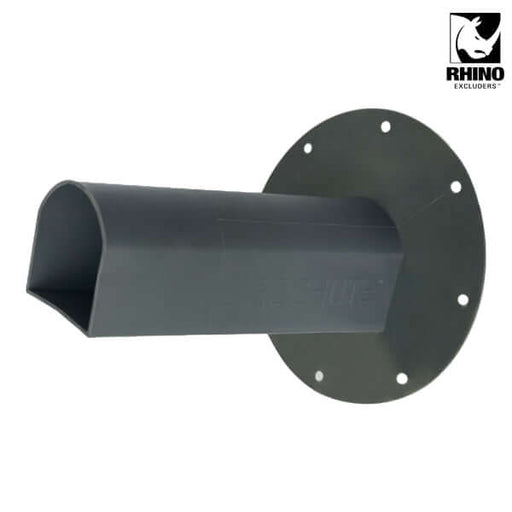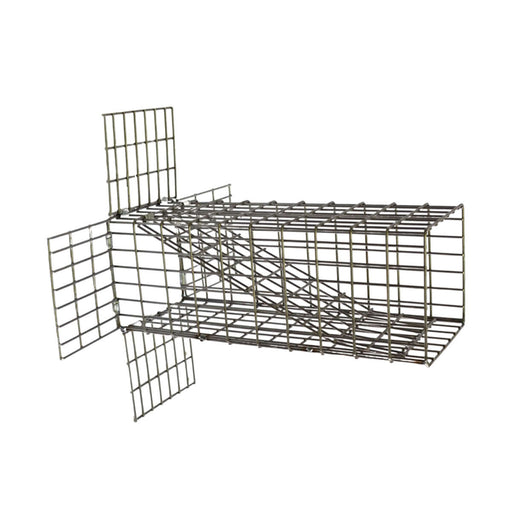
HOW TO REMOVE SQUIRRELS HUMANELY USING A S33 ONE WAY DOOR
How To Get Rid of Squirrels In the Attic
Squirrels are one of the most common household pests. These furry little pests love to get into your attic and build nests for their families and themselves. They can be great pets, but their destructive nature makes them a nuisance in neighborhoods and communities. If you have squirrel families making their home in your attic, on trees, poles, or fences, you should start working towards solving this problem immediately, as they can have babies anytime during the year.
Squirrel Behavior
Squirrels are curious creatures that like to explore new places. They may also be attracted by food sources such as bird feeders or garbage cans. Squirrels have a high metabolism and need a lot of food daily to survive. If you do not want squirrels in your attic, you must remove any food sources that may attract them there.
Squirrel Mating and Breeding Habits
 Squirrels will give birth twice per year. In spring, male squirrels begin their mating calls (or "booming") from trees to attract females for breeding. After mating, the female will give birth to a litter of 1-5 baby squirrels within 2-3 weeks. These young grow very quickly — reaching adult size by their first birthday! It's important to note that baby squirrels born this year could be born blind or deaf because they're born before their eyes open up, or their ears fully form. Their eyesight will develop over time, so don't worry if it seems like your new little friend is having trouble seeing things. This process will repeat once again in August.
Squirrels will give birth twice per year. In spring, male squirrels begin their mating calls (or "booming") from trees to attract females for breeding. After mating, the female will give birth to a litter of 1-5 baby squirrels within 2-3 weeks. These young grow very quickly — reaching adult size by their first birthday! It's important to note that baby squirrels born this year could be born blind or deaf because they're born before their eyes open up, or their ears fully form. Their eyesight will develop over time, so don't worry if it seems like your new little friend is having trouble seeing things. This process will repeat once again in August.
Squirrel Nesting Habits
Squirrels usually make their nests during May or early June. These nests are made near the entrance hole so that when squirrels leave the nest, they can quickly return without having to go far from their babies' screams for food. Beside their natural habit of nesting on trees, squirrels will nest anywhere that gives them protection such as chimneys, dryer vents, and attics.

Squirrel Diseases
Some diseases squirrels can pass to humans and pets include salmonella and tularemia (rabbit fever).
Squirrel Damage

If squirrels have been living in your attic, they may have caused damage. They can chew through almost anything, including electrical wires, causing fires and other problems. If you have squirrels in your attic, you should immediately contact an experienced squirrel removal company.
Squirrel Removal Myths
Some believe putting mothballs or ammonia in their nests will drive them out. However, these chemicals can be harmful if breathed in by squirrels and do not always work as well as people think. Others believe using ultrasonic repellers or loud noises such as banging on pipes or clanking pots together will permanently scare the rodents away from their homes.
Laws and Regulations
In some states, squirrels are protected by law, so trapping them may not be an option. Check with local wildlife authorities before taking action against squirrels nesting in your attic.
Squirrel Removal Method — Excluder One-Way Door
A one-way excluder door is the most effective method for removing squirrels from dryer vents, chimneys or attics. The main idea behind this method is to create a one-way door for squirrels to leave and keep them outside.
Step 1: Inspect the property and look for signs of damage/entry. This could be an existing gap or a damaged area. The areas to look for area: dryer vents, soffits, junctions (where soffits meet the roof), roofline, roof vents, roof pipes and chimneys. Squirrel entry hole is roughly between 2" to 5". Keep in mind chipmunks and red squirrels need only 2" to get in. Often a thorough inspection is required to find the entry point.

Step 2: During baby season (Spring & Fall) inspect the den site for babies. Babies will not come out of the den until fully mobile. This will take about 2 months. During this time you either wait for babies to grow up before you install the one way door OR you would have to remove the babies physically and place them in an incubator outside by the entry hole. This allows the squirrel to raise/relocate the babies. Do not install the one way door if babies are present. Squirrel will find another area to damage and get back in or totally abandon the babies to die.

Step 3: Close all openings that lead to the attic with metal screening or mesh wire. You should cover every hole, including vents, soffits, gable vents, etc. Ensure you leave no gaps as squirrels can squeeze through tiny holes.

Step 4: Install a S33 Rhino Excluders™ one-way excluder door at the main entry hole. This door will allow squirrels to go out but not back in again. 
Step 5: Now that all areas are screened and one way door has been installed over the entry hole, give it 24 to 72 hours for the process to work.
Step 6: Once noises/activity has stopped, perform a final inspection to make sure no new holes have been chewed.
Step 7: Remove the one way door and repair the area if necessary. Remember to protect the repaired area after with a heavy gauge screening. Squirrels are known to come back to previous den sites and will get back in if there is no protection.
Rhino Excluders™ Collection
-
Original price $54.99Original price $54.99 - Original price $54.99Original price $54.99Current price $44.99$44.99 - $44.99Current price $44.99
R108 - Rhino Excluders® Raccoon One Way Door
Rhino Excluders®In stockABS Plastic body | Light weight | 10” x 8” x 1” Are you tired of dealing with persistent raccoon intrusions? Say goodbye to those frustrating encou...
View full detailsOriginal price $54.99Original price $54.99 - Original price $54.99Original price $54.99Current price $44.99$44.99 - $44.99Current price $44.99Save 18% -
Original price $32.99 - Original price $32.99Original price$32.99$32.99 - $32.99Current price $32.99
S33 - Rhino Excluders® One Way Squirrel Door
Rhino Excluders®In stockS33 Rhino Excluders® One Way Squirrel Door (for Squirrels, Chipmunks, Rats & Similar Size Rodents) 14 Gauge | 8” x 3” x 3” Introducing the S33 ...
View full detailsOriginal price $32.99 - Original price $32.99Original price$32.99$32.99 - $32.99Current price $32.99 -
Original price $24.99Original price $24.99 - Original price $24.99Original price $24.99Current price $21.99$21.99 - $21.99Current price $21.99
Rhino Excluders® BATCHUTE™ One Way Bat Door
Rhino Excluders®In stockRhino Excluders® BATCHUTE™ One Way Bat Door Polypropylene (PP) Plastic body | 7” x 6.5” x 5” BATCHUTE™ One Way Bat Door is designed to humanely rem...
View full detailsOriginal price $24.99Original price $24.99 - Original price $24.99Original price $24.99Current price $21.99$21.99 - $21.99Current price $21.99Save 12% -
Original price $64.99Original price $64.99 - Original price $64.99Original price $64.99Current price $49.99$49.99 - $49.99Current price $49.99
Rhino Excluders® PROCHUTE™ One Way Door for removal of Raccoons, Skunks, Groundhogs, Opossums
Rhino Excluders®In stockRhino Excluders® PROCHUTE™ One Way Door Durable 5mm ABS Plastic body | 11” x 9” x 7” Prochute™ Excluder is perfect for removing raccoons, skunks, o...
View full detailsOriginal price $64.99Original price $64.99 - Original price $64.99Original price $64.99Current price $49.99$49.99 - $49.99Current price $49.99Save 23% -
Original price $24.99Original price $24.99 - Original price $24.99Original price $24.99Current price $21.99$21.99 - $21.99Current price $21.99
Rhino Excluders® BIRDCHUTE™ One Way Bird Door for removal of Birds
Rhino Excluders®In stockRhino Excluders® BIRDCHUTE™ One Way Bird Door Polypropylene (PP) Plastic body | 7” x 6.5” x 6.5” Birdchute™ One Way Bird Door is perfect for removi...
View full detailsOriginal price $24.99Original price $24.99 - Original price $24.99Original price $24.99Current price $21.99$21.99 - $21.99Current price $21.99Save 12% -
Original price $34.99 - Original price $34.99Original price$34.99$34.99 - $34.99Current price $34.99
S35 Rhino Excluders® One Way Door For Squirrels, Chipmunks, Rats & Similar Size Rodents
Rhino Excluders®In stockS35 Rhino Excluders® One Way Door For Squirrels, Chipmunks, Rats & Similar Size Rodents 14 Gauge | 10” x 3.5” x 3.5” Introducing the S35 Rhino ...
View full detailsOriginal price $34.99 - Original price $34.99Original price$34.99$34.99 - $34.99Current price $34.99

